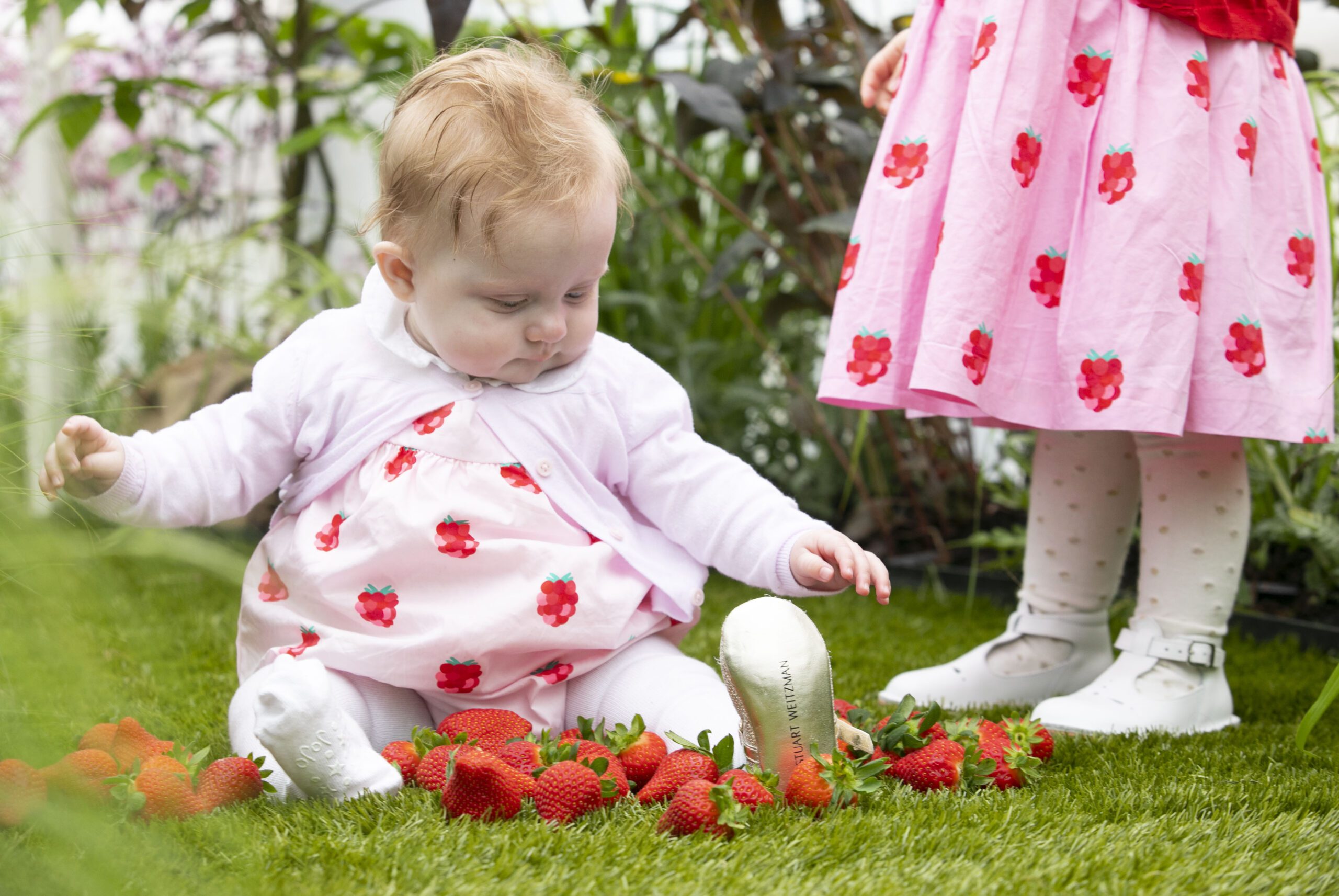Anyone else struggling with suddenly being a teacher, parent and working from home? We are in unusual times and learning many new skills, one of which is distance learning! As we know, all kids thrive on routine, and in these different times, routine is really important. It’s a good idea to get up at same time each morning and start the day with some exercise after breakfast. Then, as the kids settle into their work, set a little break and big break time. If snack times are not set, you may find that they are grazing or constantly saying they are hungry or thirsty, which really could be code for ‘I’m bored!’
Snacks do play an important role in our diets. With children, snacks can account for up to 30% of their calorie intake. A snack is a small portion of a healthy food eaten between meals that will offer some nutritional benefits. Ideally, we want our snacks to offer us some protein and/or fibre. It can be a good idea to have a list of agreed snacks that kids can choose from up on the fridge. This can include fruit, crackers, cheese, yogurt, nuts, vegetables, nut butters, or breadsticks. Also, place one cup per child on your countertop so they aren’t getting a new cup every time they get a drink, resulting in an overflowing sink of barely used cups at the end of the day!
Set one day a week, maybe Thursday or Friday, for baking; let the kids bake some cookies or banana bread and then that can be used as a snack for the next couple of days or even frozen to enjoy later. This might be considered a home economics class. It can also be a good opportunity to teach your child to cook.
Exercise is also really important at this time to keep little minds and bodies active. Boredom and tiredness can lead little ones to look for food as they want something to do. Starting and finishing the school day with some exercise will really help keep minds and bodies energised. Arts and crafts projects will engage little brains, and reading can help bring them to a world of imagination! And lastly, remember: Kids do learn by example, so try to keep structure to your own eating pattern.





